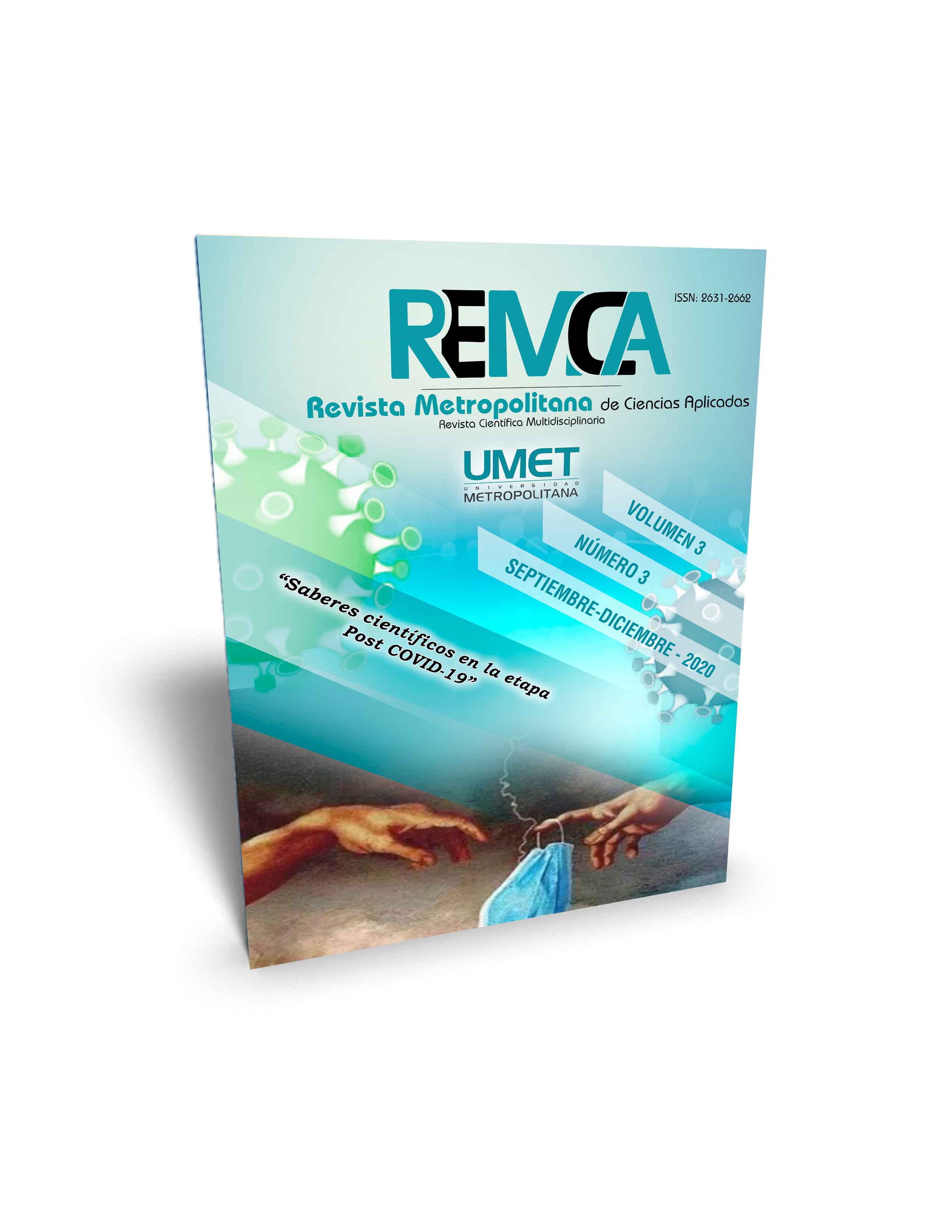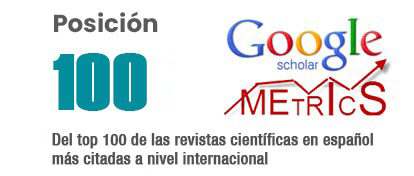The 5S, innovative tool to improve productivity
DOI:
https://doi.org/10.62452/bxd8bk69Keywords:
Storage, efficiency, 5S tool and productivityAbstract
In the investigation, the 5S tool was applied to check if it was possible to improve productivity in the warehouse area in a banana company in the Piura Region. With a quantitative approach, a participatory experimental design is developed using the observational method, according to its longitudinal temporality. Using a population consisting of 206 collaborators and a sample of 135 collaborators, simple random probability sampling was applied, which allowed these individuals to be chosen at random. The techniques used were survey, observation and documentary analysis with the instruments questionnaire, observation sheet and document analysis guide respectively. On the other hand, it was obtained as a general result that after applying the 5S, large changes were observed according to the summation of the five dimensions; in the pre-test it yielded a total of 1.96, while in the post-test it was 4.19, which meant that there was an increase of 2.23.
Downloads
References
Arias, F. (2016). El proyecto de Investigación: Introducción a la investigación científica. Episteme.
Arnau, J., & Bono, R. (2008). Estudios longitudinales de medidas repetidas. Modelo de diseño y análisis. Escritos de Psicología, 2(1).
Briones, G. (1997). Metodología de la investigación cuantitativa. Instituto Colombiano para el Fomento de la Educación.
Hernández, J. (2016). Propuesta de implementación de la herramienta de mejora continua 5S en los almacenes de los talleres aeronáuticos de reparación en Bogotá - Colombia. (Tesis Ingeniería Aeronáutica). Universidad Militar Nueva Granda.
Luján, C. (2015). Implementación de la Metodología 5s para incrementar la operatividad en la Factoría Servicios Generales Olmedo E.I.R.L. (Tesis Ingeniería Industrial). Universidad Privada Antenor Orrego.
Mendoza, G. (2015). Propuesta de la metodología 5S en la empresa Andec S.A. con el fin de mejorar los métodos de trabajo y productividad en el área de máquinas herramientas. (Tesis de Ingeniería Industrial). Universidad de Guayaquil.
Palenzuela, J. (2016). Los 10 problemas más comunes en gestión de almacén para las empresas. https://blog.neteris.com/stepforward/blog/puedo-optimizar-procesos-en-mi-almacen-problemas-pymes
Rey, F. (2016). Las 5s. Orden y limpieza en el puesto de trabajo. Fund. Confemetal.
Shingo, S. (1990). Revolución en producción. Herramienta 5S. Editorial Tecnologías de Gerencia y Producción.
Downloads
Published
Issue
Section
License
Copyright (c) 2020 Arú Harriet Sócola López, Agustín Medina Marchena, Lidia Mercedes Olaya Guerrero (Autor/a)

This work is licensed under a Creative Commons Attribution-NonCommercial-ShareAlike 4.0 International License.
Authors who publish in Revista Metropolitana de Ciencias Aplicadas (REMCA), agree to the following terms:
1. Copyright
Authors retain unrestricted copyright to their work. Authors grant the journal the right of first publication. To this end, they assign the journal non-exclusive exploitation rights (reproduction, distribution, public communication, and transformation). Authors may enter into additional agreements for the non-exclusive distribution of the version of the work published in the journal, provided that acknowledgment of its initial publication in this journal is given.
© The authors.
2. License
The articles are published in the journal under the Creative Commons Attribution-NonCommercial-ShareAlike 4.0 International License (CC BY-NC-SA 4.0). The terms can be found at: https://creativecommons.org/licenses/by-nc-sa/4.0/deed.en
This license allows:
- Sharing: Copying and redistributing the material in any medium or format.
- Adapting: Remixing, transforming, and building upon the material.
Under the following terms:
- Attribution: You must give appropriate credit, provide a link to the license, and indicate if any changes were made. You may do this in any reasonable manner, but not in any way that suggests the licensor endorses or sponsors your use.
- NonCommercial: You may not use the material for commercial purposes.
- ShareAlike: If you remix, transform, or build upon the material, you must distribute your creation under the same license as the original work.
There are no additional restrictions. You may not apply legal terms or technological measures that legally restrict others from doing anything the license permits.




